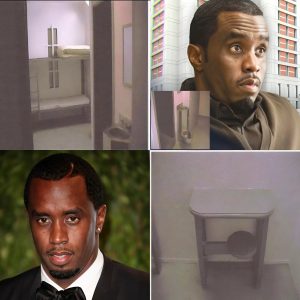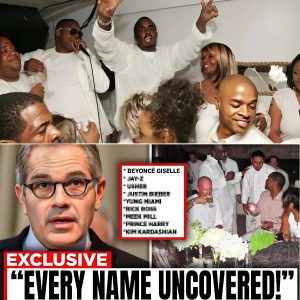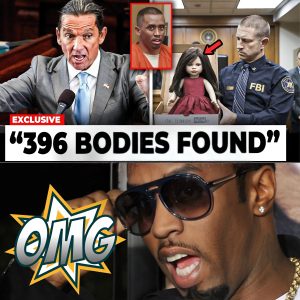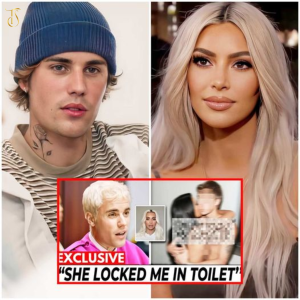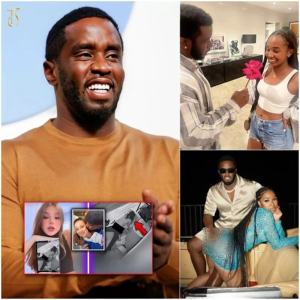Tim Burton, renowned for his iconic gothic and fantastical films such as Edward Scissorhands, The Nightmare Before Christmas, and Beetlejuice, has often faced scrutiny over the lack of diversity in his films. Most recently, his upcoming Beetlejuice sequel has been criticized for being “racist” due to the overwhelmingly white cast. The conversation surrounding this issue isn’t new, but it has intensified as the entertainment industry continues to place a growing emphasis on diversity and inclusion.
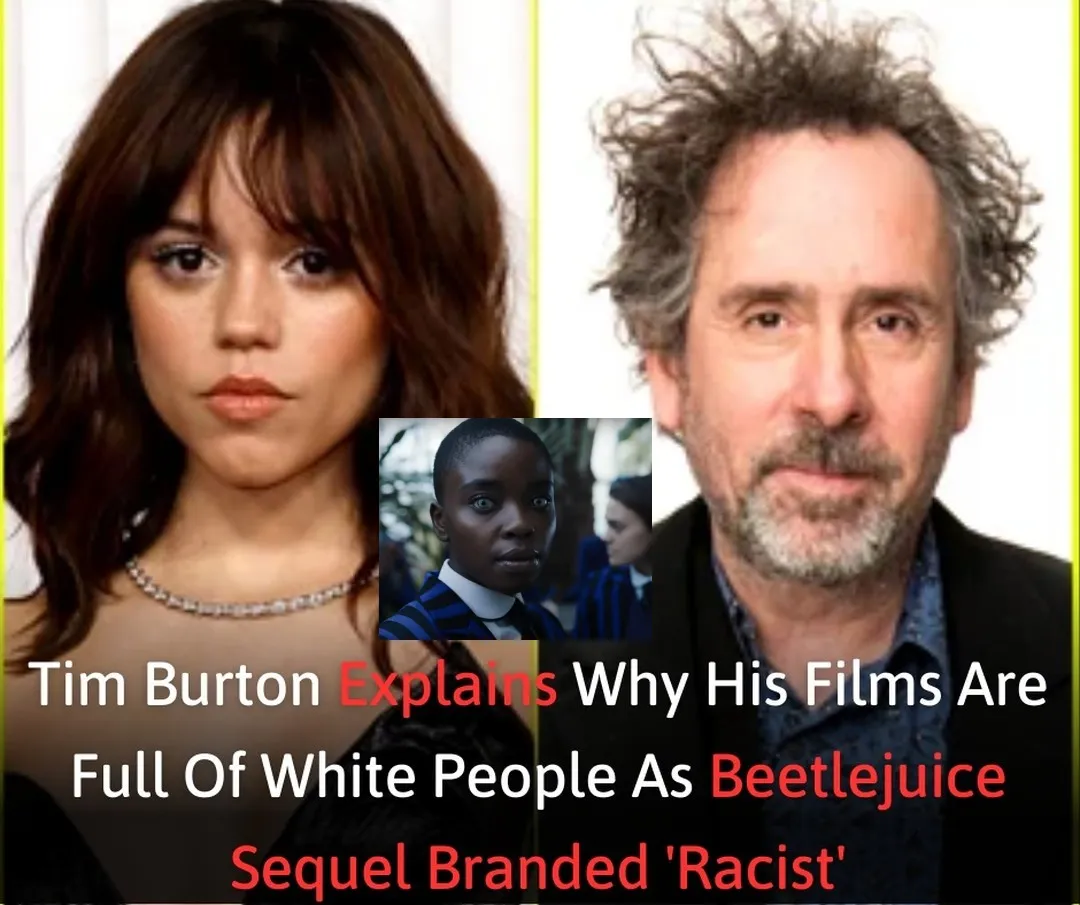
In this article, we delve into Tim Burton’s response to the criticism and explore the reasons why his films are often populated by predominantly white characters, as well as the societal impact of this casting decision in today’s Hollywood.
The Controversy Surrounding the Beetlejuice Sequel
Beetlejuice 2, one of the most anticipated films of 2024, is already sparking controversy. Reports from critics and some fans on social media have raised concerns about the sequel’s cast, which is again mostly white. While Burton’s films have always been somewhat niche with a dedicated fanbase, today’s audiences are increasingly conscious of representation and diversity in media.
These concerns were amplified when accusations of the film being “racist” surfaced online. Many feel that the lack of racial diversity in the casting choices for Beetlejuice 2 is not reflective of today’s multicultural world. Burton’s decision to stick with a predominantly white cast in a climate where Hollywood is striving for more inclusive narratives has left some questioning his creative direction.
Tim Burton’s Response to the Criticism
Burton has not shied away from addressing the issue, although his responses have been met with mixed reactions. In an interview, Burton explained that his choices stem from his artistic vision rather than any deliberate exclusion of people of color. He believes that his aesthetic, which draws heavily from European gothic traditions, has naturally led him to cast actors that align with the visual tone he envisions for his films.
“I’m not trying to be controversial,” Burton remarked. “I simply gravitate toward characters and aesthetics that reflect my love for the bizarre, the quirky, and the strange. My films are often set in these surreal, gothic environments, and that’s where my artistic focus lies.”
Burton has also been candid in saying that he doesn’t feel pressured to conform to modern trends of diversity for the sake of it. “People are free to interpret my films however they want, but I’ve never approached casting or storytelling from a perspective of meeting quotas. I create worlds that feel true to my vision, not necessarily true to modern societal expectations.”
A History of Homogeneous Casting in Tim Burton’s Films
The criticism surrounding the lack of diversity in Beetlejuice 2 is not an isolated incident for Burton. His entire filmography has often been characterized by a lack of racial representation. Burton’s work, known for its dreamlike and sometimes darkly comedic tones, has always showcased a very specific type of aesthetic. For some, this aesthetic is emblematic of the gothic, Eurocentric fantasy worlds he crafts, but for others, it signals an exclusion of a more diverse range of talent and storytelling.
In 2016, Burton faced similar backlash when he cast a predominantly white ensemble for Miss Peregrine’s Home for Peculiar Children. In response to the critiques, Burton stated, “Nowadays, people are talking about it more. But things either call for things, or they don’t.” His point was that diversity should be organically integrated into a story, rather than forced. Yet, this approach has also been criticized as it implies that diverse characters are only valid when their identities are specifically tied to the plot.
The Broader Conversation: Diversity in Hollywood
The larger question is whether Tim Burton’s casting choices reflect a deeper problem within the film industry. While Burton argues that his films are unique to his artistic vision, critics argue that continuing to produce films with a lack of diversity upholds exclusionary practices in Hollywood.
Diversity and inclusion are not merely buzzwords in today’s entertainment industry; they are part of a broader effort to ensure that everyone is represented, regardless of race, gender, or ethnicity. Hollywood has long been dominated by white narratives, and many are calling for systemic changes to rectify the exclusion of marginalized voices.
Burton’s refusal to integrate more diverse characters has been interpreted by some as a missed opportunity to evolve alongside the industry. In recent years, major studios and directors have made concerted efforts to diversify their casts. Films like Black Panther and Crazy Rich Asians have proven that inclusive storytelling can be both commercially successful and culturally impactful.
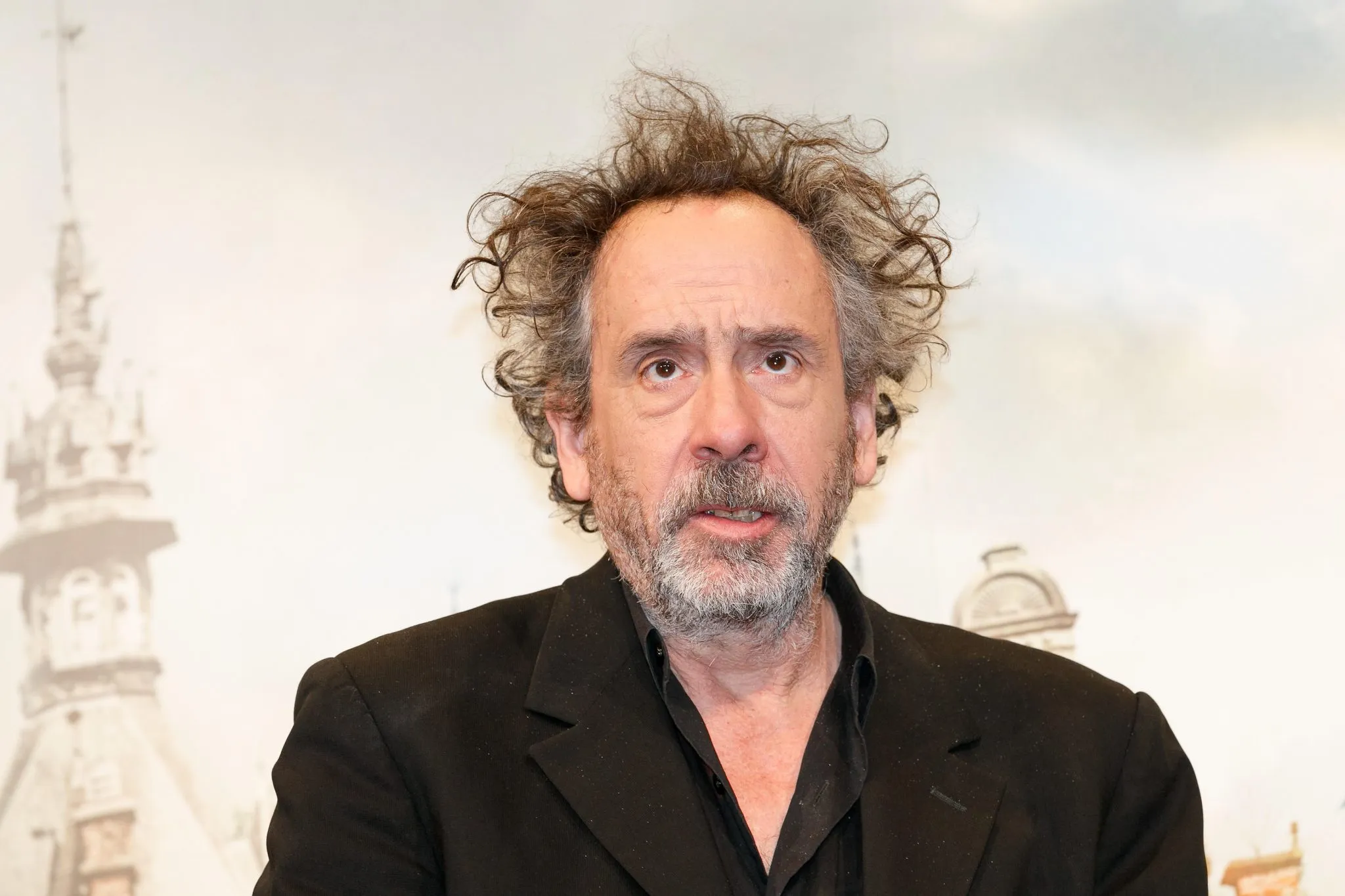
The Impact of Burton’s Creative Choices on Audiences
Tim Burton’s adherence to his unique vision has created both adoration and criticism. For long-time fans, his films represent a world of whimsy, darkness, and fantasy. However, for others, his refusal to evolve with the times feels out of touch, especially in an industry that is increasingly diverse.
While some might argue that Burton’s artistic vision is valid, it’s important to note the broader cultural impact of representation. Films are a reflection of society, and by creating stories that predominantly feature white actors, there’s a risk of perpetuating the marginalization of minority groups. Media, especially film, plays a crucial role in shaping public perception and cultural norms, and the lack of diversity in Burton’s films can lead to missed opportunities for meaningful representation.
